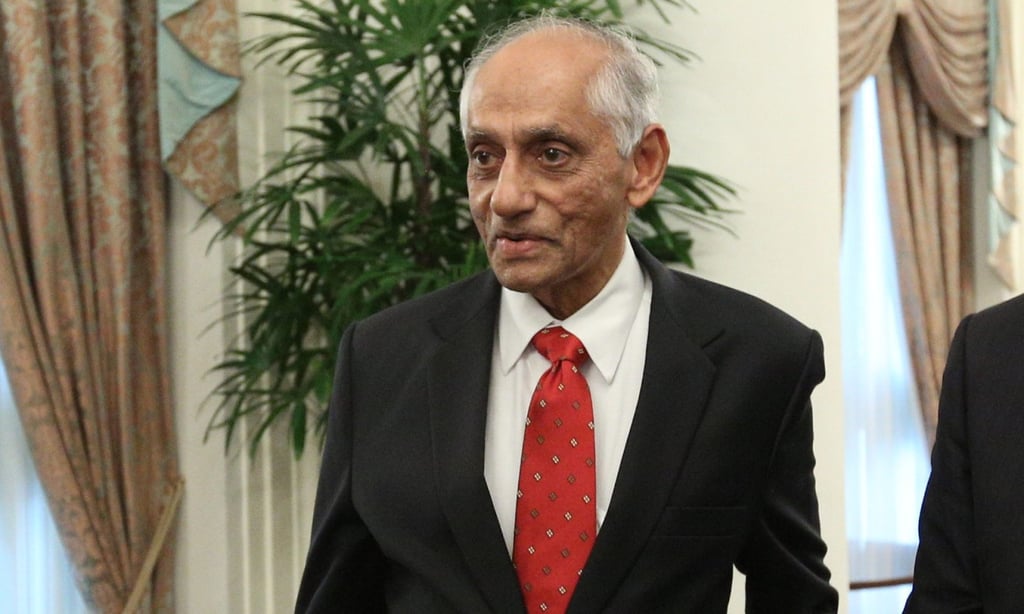Opinion | How J.Y. Pillay helped Lee Kuan Yew turn Singapore Airlines into a global giant
- With no domestic market and limited aviation experience, Singapore’s dream of owning a world-class airline seemed far-fetched, but Pillay believed it was achievable
- His journey to take-off included spending an unheard-of US$900m on Boeing jets in 1978, battling anticompetitive acts by the US, UK and Australia – and standing up to Lee Kuan Yew

A new book, The Last Fools: The Eight Immortals of Lee Kuan Yew, edited by Peh Shing Huei, puts the spotlight on eight powerful bureaucrats who turned the late Singapore statesman’s ideas into icons. In this excerpt, Aaron Low details J.Y. Pillay’s journey in establishing the city state’s flagship carrier.
Wiry, slight of frame and soft-spoken, J.Y. Pillay was not the kind of person you would associate with building an international airline and all the glamour that came with it. Intellectual instead of instinctive, he seemed more at ease with formulating policy than charting out a vision for a large airline.

More than anything, he valued clarity of thought. In particular, there had to be a single objective to any action taken. This was an idea he drew from the Bhagavad Gita, a Hindu scripture written 2,600 years ago. In an interview with The Business Times, he said the Gita was a powerful management tool. “The Gita says ‘the follower of the true path has one object and that object is the end of his determination’. In other words, there aren’t two objects. There’s only one. And then it goes on: ‘Many branches are the ways of the man who lacks determination, who lacks will’.”
He translated this teaching into an insight that guided the way he managed people. He told his colleagues: “Look, whenever you embark on anything, please tell me what your object is. And there must be one. I don’t want five. Just give me the principal object. If you like, you can give me the ancillary objectives.”
Former civil servant Ajith Prasad, who worked with Pillay at the Ministry of National Development, remembered how Pillay insisted papers should be submitted to him. “Written work – no submission to exceed one page, with all supporting details to be relegated to annexes; each paragraph to advance precisely one point; sentences not to exceed a span of one-and-a-half lines; paragraphs not to exceed four sentences,” said Prasad.
